Industry reacts as Australia finally gets a national EV strategy
- PostedPublished 27 July 2023
On April 19, 2023, the Australian government released its first National Electric Vehicle Strategy (NEVS), outlining how it intends to minimise roadblocks to EV uptake and accelerate their adoption.
Federal minister for climate change and energy Chris Bowen said the strategy “delivers on our commitment to provide greater choice for Australians to drive cars that are cleaner and cheaper to run”.
The number of Australian EV sales nearly doubled in 2021, yet in 2022 they made up just 3.8 per cent of all new vehicle sales. This was much less than the 12-14 per cent global norm and well behind the global leader, Norway, where almost all new vehicles sold are now electric – although the average age of cars on Norwegian roads has increased as people hold onto their old petrol and diesel models for longer.

Change is accelerating, though. Battery electric vehicles accounted for 7.4 per cent of new vehicle sales in Australia during the first half of the calendar year.
Meanwhile in New Zealand, the 8240 new electric vehicles sold in June this year made up a massive 47.7 per cent of the month’s 17,299 passenger vehicle registrations, contributing to 11.3 per cent of total NZ new vehicle sales being fully electric in the first half of 2023.
Australia’s strategy aims to lower the price of EV purchases while increasing the available options, reduce emissions from transportation, improve infrastructure planning that takes into account both new and existing buildings, make EV charging more accessible, encourage battery recycling, and offer EV safety training to emergency services. The strategy also aims to provide more green employment opportunities and new skills through manufacturing and other sectors that support the energy transition.
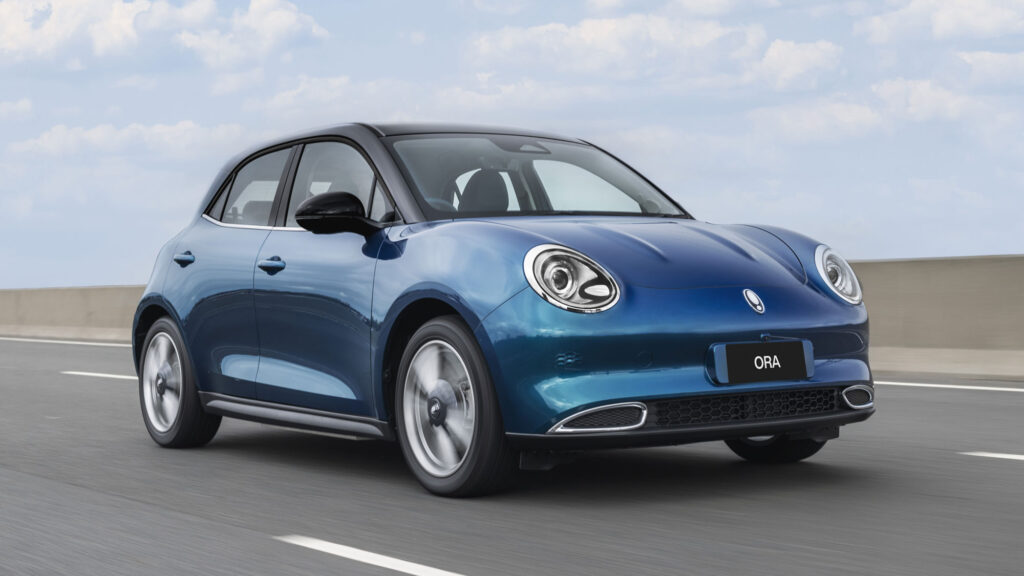
The strategy did not specify any new targets to accelerate the switch to electric vehicles; instead, it referenced current programmes to promote EV adoption, such as the Electric Car Discount legislation that was designed to make EVs more affordable and the Driving the Nation Fund, which supports the installation of chargers every 150km on all main highways as part of Australia’s National Electric Vehicle Charging Network.
“The government has already cut taxes on EVs through the Electric Car Discount, saving up to $11,000 a year on a $50,000 electric vehicle,” said Minister Bowen, referring to a Fringe Benefits Tax exemption for electric company and novated lease vehicles.
Passenger vehicles, the fastest-growing source of greenhouse gas emissions, account for more than 10 per cent of Australia’s total emissions and 60 per cent of its transport emissions. The strategy seeks to cut more than three million tonnes of CO2 emissions by 2030 and at least 10 million tonnes by 2035, although it does not mention any incentives for the electrification of trucks, so businesses that use heavy diesel commercial vehicles are still incentivised with rebates via the Fuel Tax Credit.
During the strategy’s consultation period, some 500 responses were received, reflecting the opinions of more than 1500 people and more than 200 industry groups. Participants made it overwhelmingly clear that Australia was a dumping ground for dated, high-emission vehicles and that a Fuel Efficiency Standard (FES) was needed to promote increased EV availability, reduce emissions and lower fuel costs.
This is now underway in another round of consultation (see separate story) and will eventually form part of the NEVS when finalised over the course of the following year.
Many industry groups voiced their opinions shortly after the release of the National Electric Vehicle Strategy.
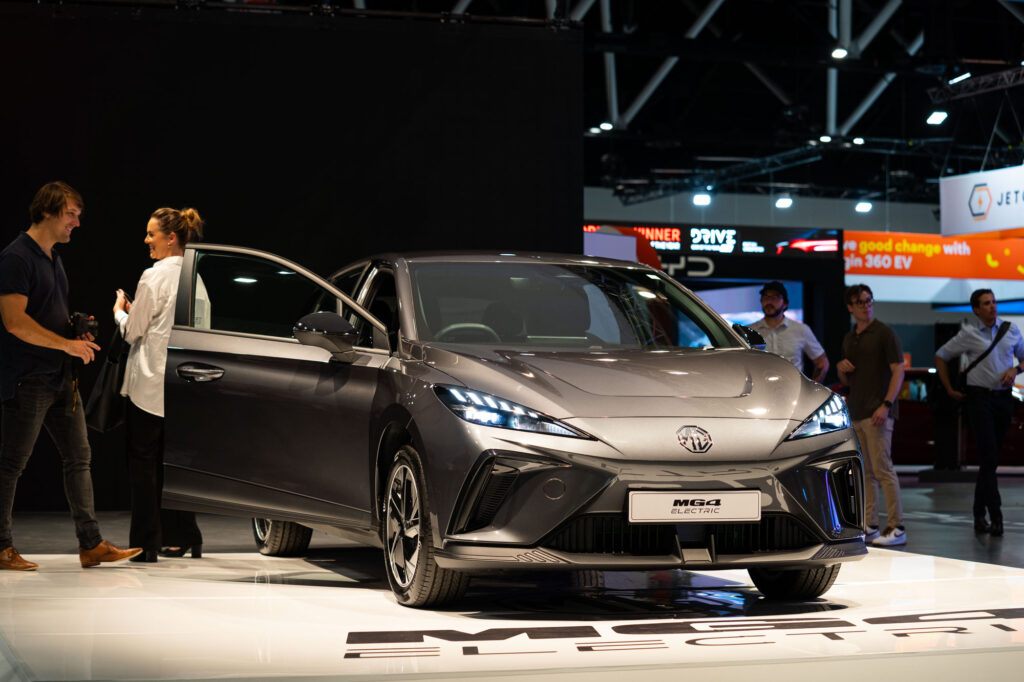
Solar Citizens clean transport campaign manager Ajaya Haikerwal said: “Australia is already at the back of the global queue when it comes to access to electric vehicles (EVs)—we’ve become a dumping ground for crappy, inefficient vehicles that aren’t accepted in other countries. We need to join the same queue as the rest of the world, but there’s no point joining at the back, or we’ll simply end up in the same predicament we’ve been in for the past decade.”
According to an analysis by Solar Citizens, Australia could save at least $11 billion in fuel costs over the course of five years, including $4 billion for regional Australia, if the Federal Government adopted a Fuel Efficiency Standard that was comparable to that of the European Union.
“What we’ve needed for a long time is a world-class standard that is at least as ambitious as Europe or New Zealand, without loopholes or dodgy super credits that create perverse climate outcomes, and that give all Australians a fair go and reduce spending on petrol. It’s an easy rule change with a minimal cost to the government,” said Haikerwal.
Among the super credits Haikerwal referred to was an incentive for importers of polluting vehicles to offset those emissions by shipping them with low-GWP refrigerant such as R1234yf rather than R134a.
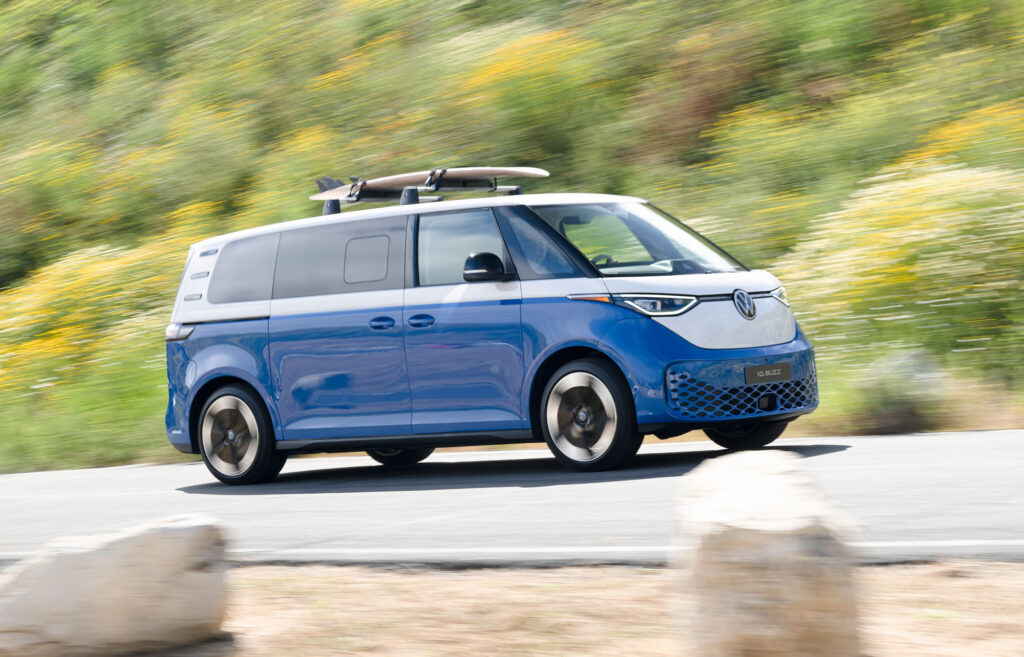
It is seen as a weak option compared to both banning the import of new R134a systems and implementing fuel-efficiency and emissions standards that make gas guzzlers less attractive and tip the supply-demand equation in favour of more efficient alternatives.
While applauding NEVS, the Electric Vehicle Council (EVC) cautioned that the government must move quickly and decisively to adjust and implement Australia’s fuel efficiency standards.
“It’s a relief that an Australian government has finally committed to fuel efficiency standards, which have been operational in the US and Europe for decades,” said EVC chief executive Behyad Jafari.
“But with those jurisdictions now leaping forward in terms of ambition Australia must bring in strong standards that keep pace with the modern world. If we squib it on the detail Australia will remain the world’s dumping ground for dated, high-emission vehicles.”
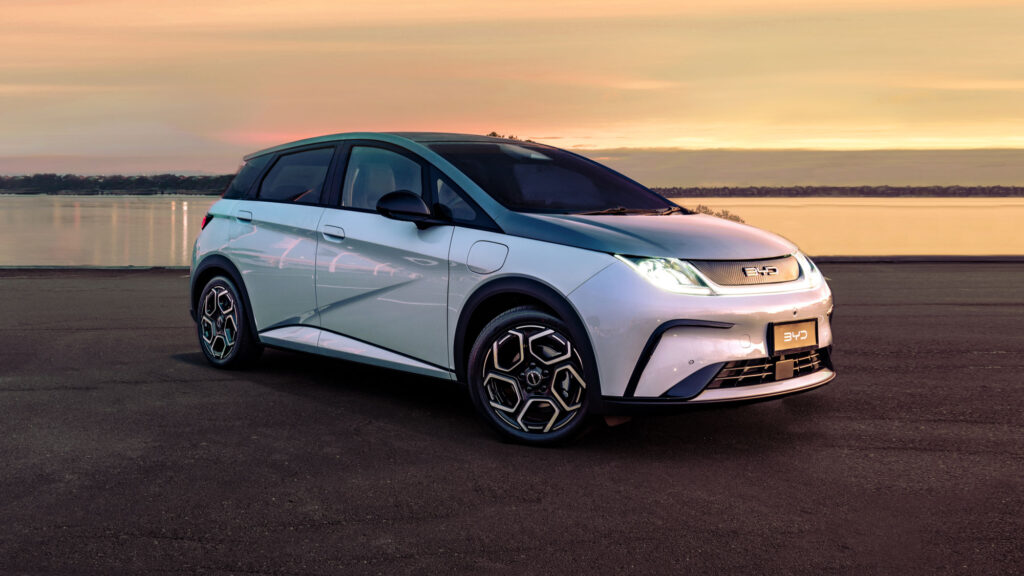
As with their laggardly shift to low-GWP refrigerants, car manufacturers have mostly chosen to send vehicles that do not meet the stringent emissions standards of other developed markets to Australia, or fit them with cheaper and more polluting engines. Some blame Australia’s fuel quality for this, while others seem to have no trouble selling the same specification of petrol and diesel vehicles here as elsewhere.
Others, like Volkswagen Group, have made it clear that Australia’s policy vacuum on such matters has placed this market well behind others in terms of securing supply of and homologation resources for electric vehicles; since NEVS was announced, the VW an Skoda brands have announced a raft of new electric models to be launched here. Ford has also finally confirmed the Mustang Mach-E for Australia.
In the meantime, Chinese brands such as MG and BYD have been making hay with relatively affordable electric options and Tesla has started to earn significant market share with its popular Model 3 and Model Y vehicles that are assembled in China for the Australian market.
The Climate Council wants NEVS to go further, by reviewing the current tax incentives that favour heavier and higher-emitting vehicles and encouraging those with lower incomes to replace their older, more polluting vehicles with cleaner, cheaper to run alternatives.
“Strong fuel efficiency standards are the key to unlocking supply of the cleanest and cheapest-to-run cars for Australia – including electric ones, said Climate Council head of advocacy Jennifer Rayner. “The government and industry will be driving with a flat tyre in trying to deliver the rest of the National Electric Vehicle Strategy if we don’t get these in place soon.”
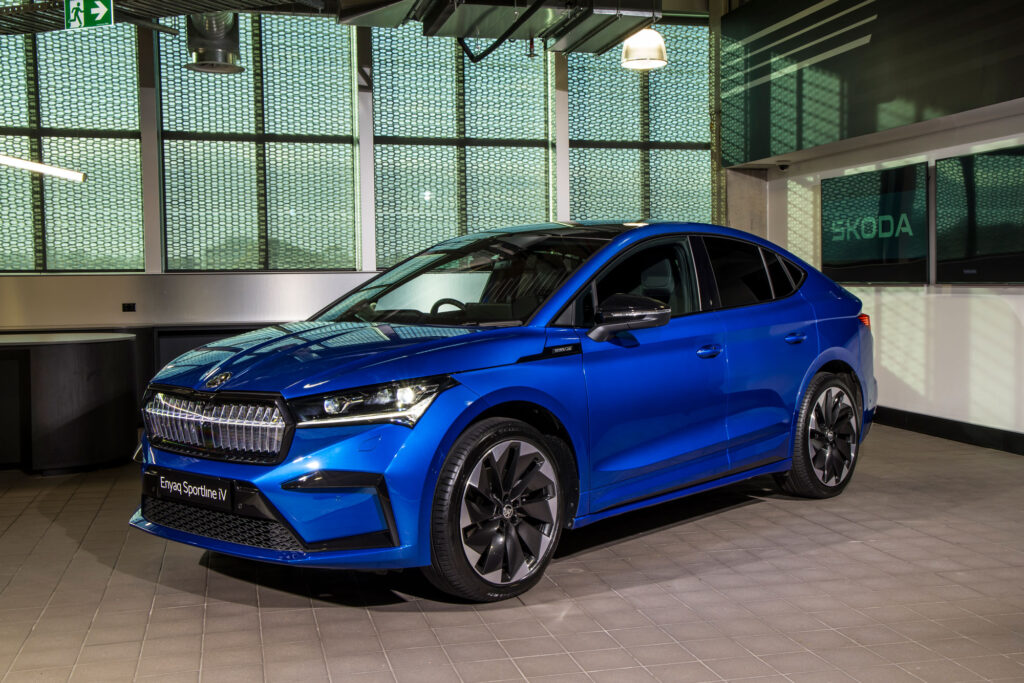
The Australian Automobile Association (AAA) praised NEVS but warned the government that it must also address the issue of how the transition to EVs will affect the amount of money available for road investment as it will diminish the amount of money collected from fuel taxes in the future years.
“The AAA believes electric and other zero emission vehicles should be brought into the tax system as soon as possible, but initially at a discounted rate to avoid disincentivising take-up,’’ said AAA managing director Michael Bradley.
The Australian Automotive Aftermarket Association (AAAA) pointed out that a key factor in guaranteeing the success of the EV strategy would be the automotive service and repair sector.
“AAAA also welcomes the inclusion of funding to support New Energy Apprenticeships, however as demand for EV courses and trainers is now outstripping supply we need more trainers and flexible training options for our existing 360,000 automotive professionals, particularly the automotive light vehicle technicians located in rural and regional Australia,” said AAAA CEO Stuart Charity.
“We would value an opportunity to be involved in planning for a clear National EV Training Roadmap to support this transition, because right now, the EV upskilling effort is a highly fragmented and confusing landscape.”
- CategoriesIn SightGlass
- Tagselectric vehicles, EV, SightGlass News Issue 29


